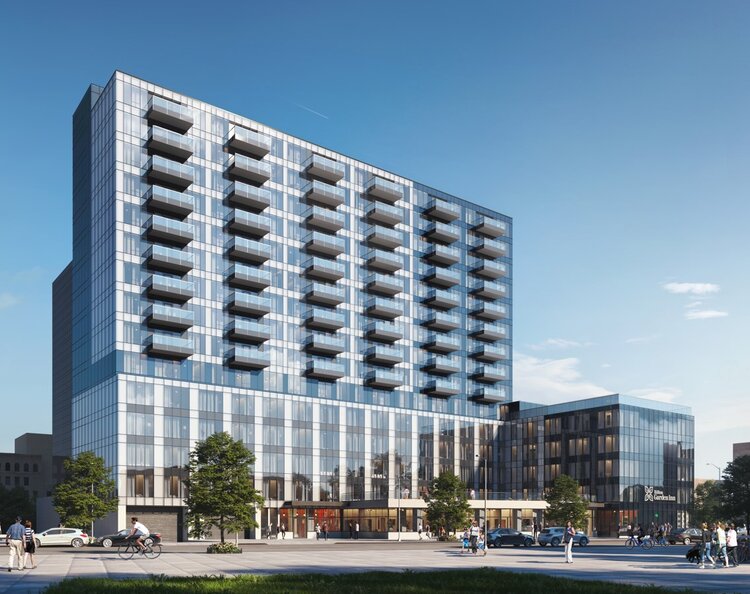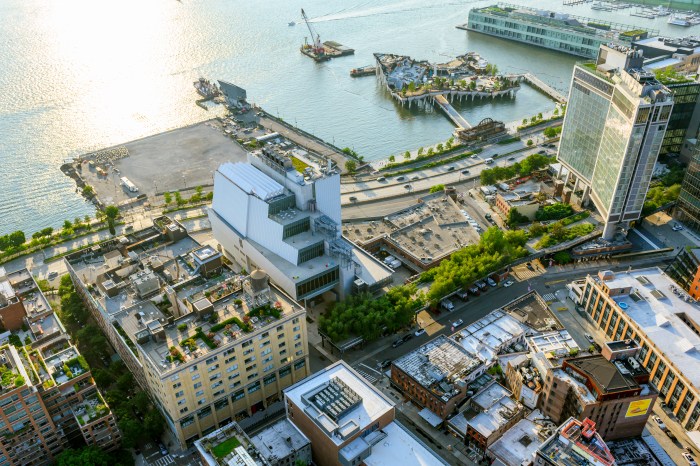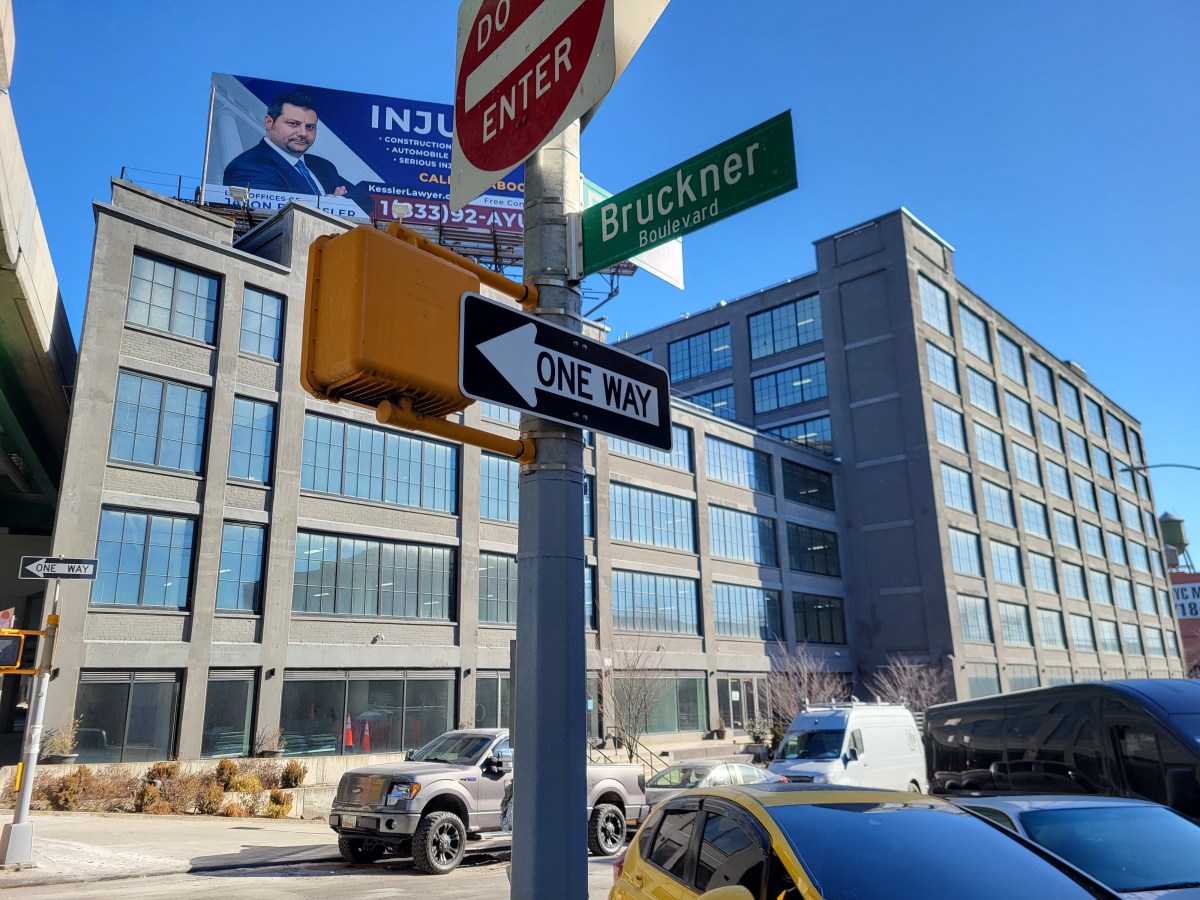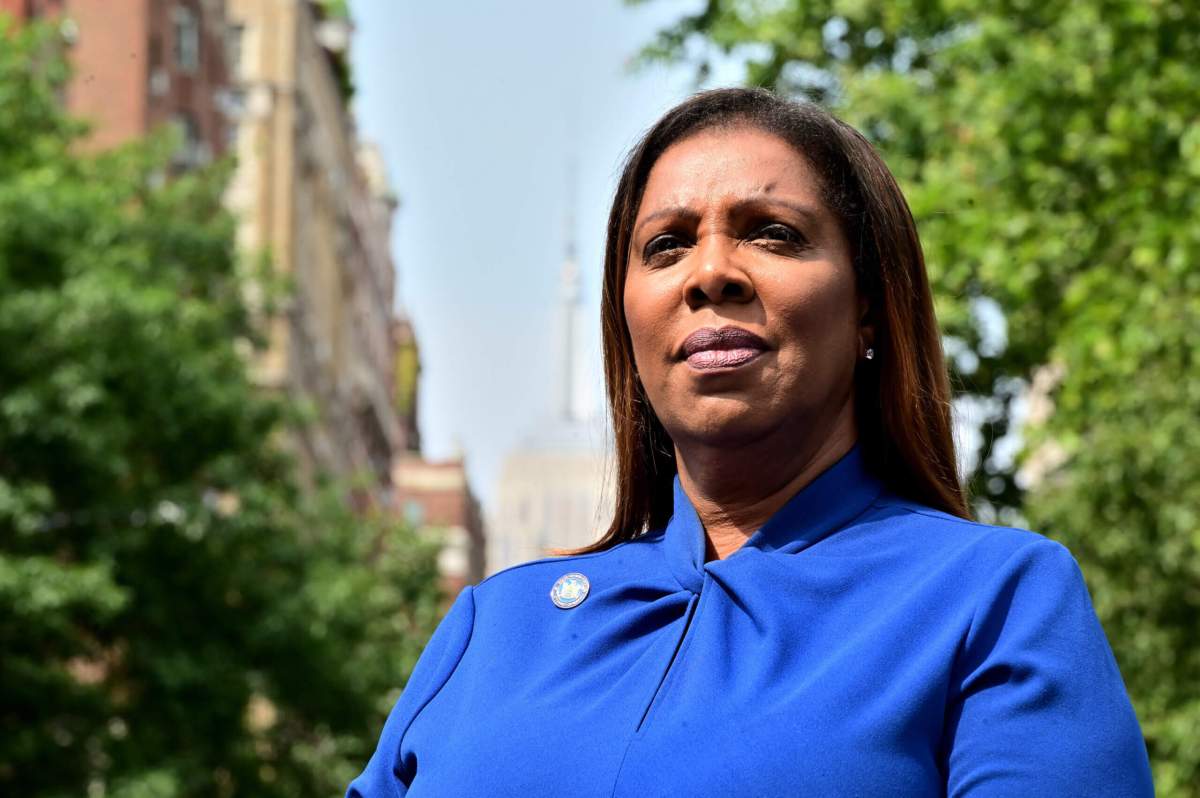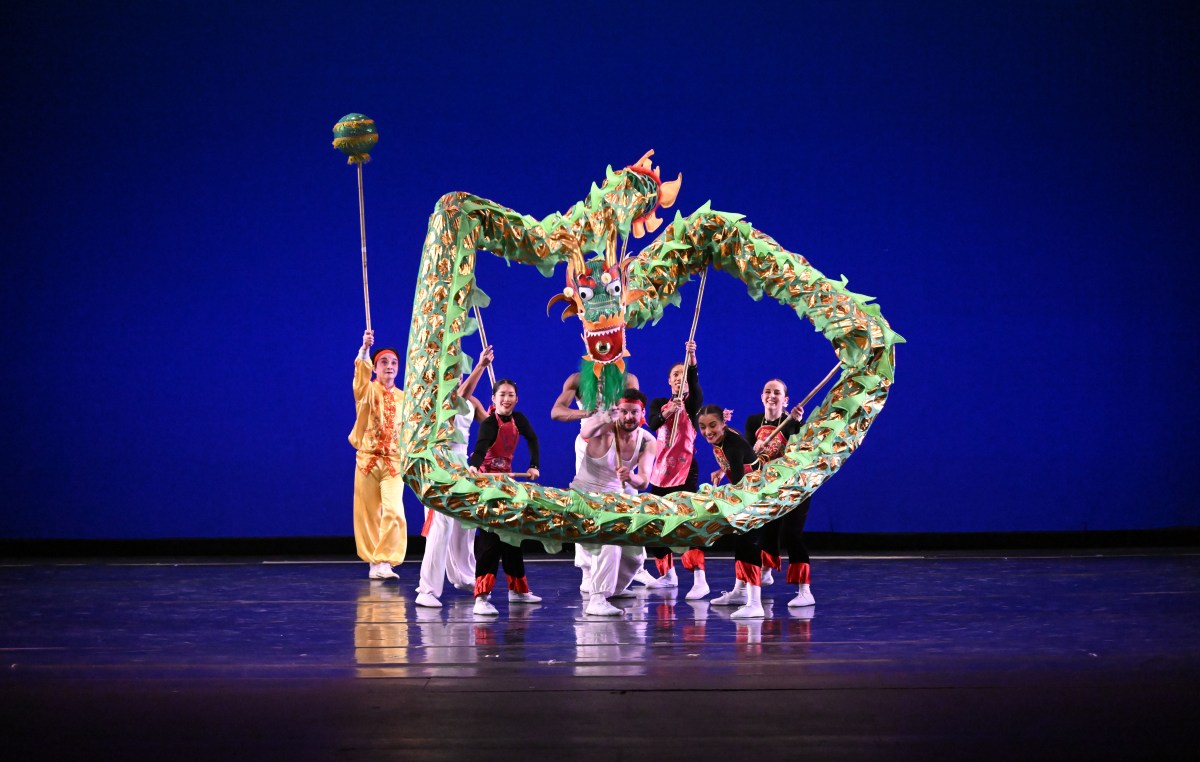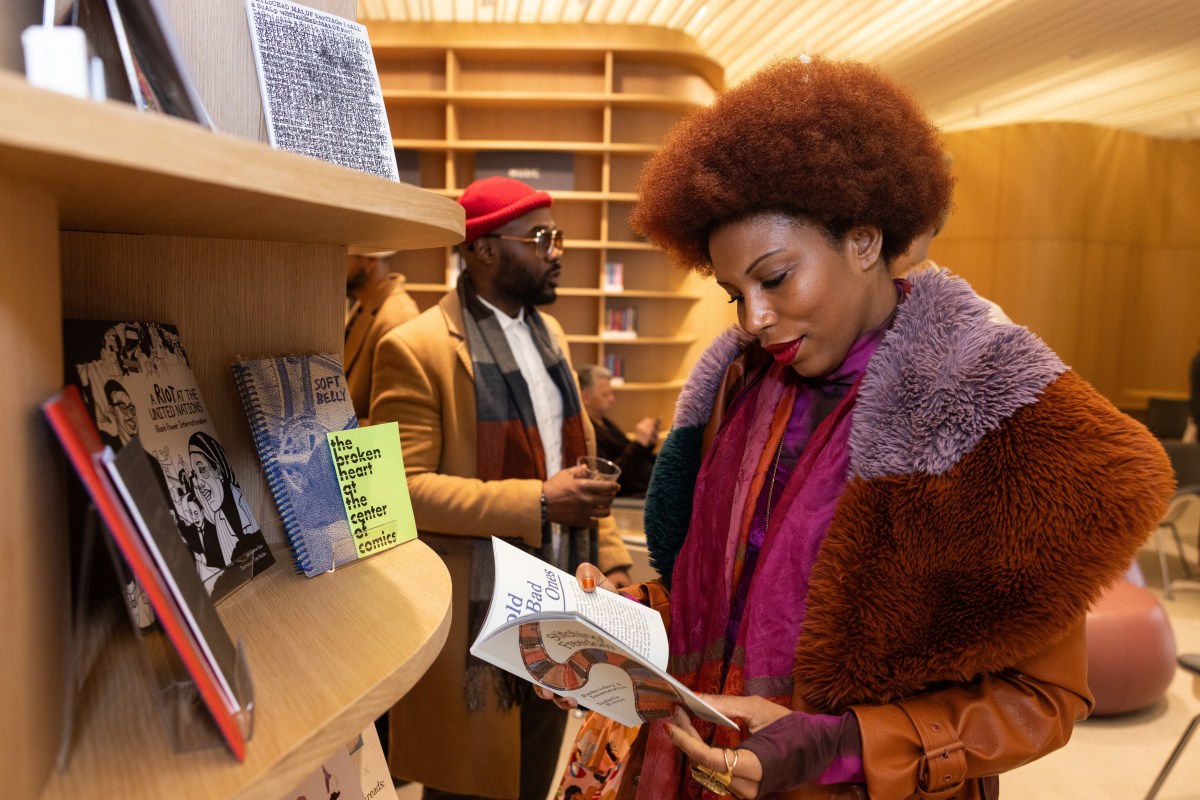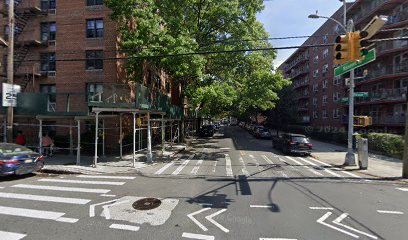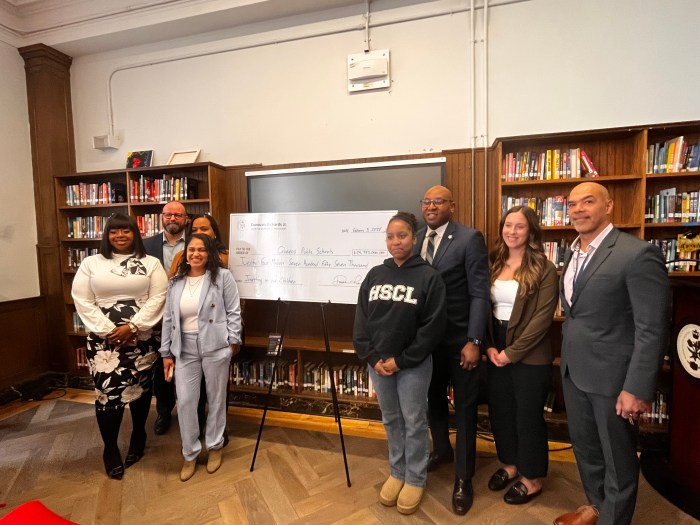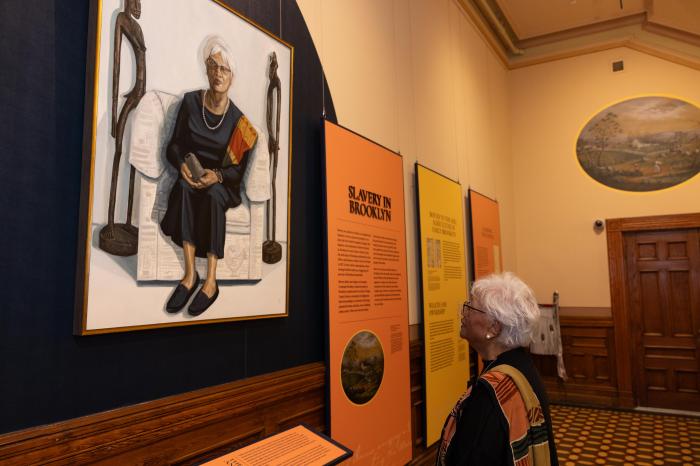
Larry Silverstein’s firm signed a $3.25 billion, 99-year lease for the Twin Towers in July 2001, six weeks before terrorists hit the structures, killing thousands.
Silverstein Properties finished rebuilding 7 World Trade Center in 2006 and moved its headquarters into the building. Silverstein went on to cede control of One World Trade Center and received the rights to develop three other office towers.
In 2013, Silverstein opened the first, at 4 World Trade Center, and he expects to debut 3 World Trade Center in 2018. His firm is still searching for the anchor tenant it needs to get started on 2 World Trade Center, its final project in the area, at 2 World Trade Center.
Here’s how Silverstein describes the area’s evolution:
We heard you’re moving downtown. What prompted that and where are you headed?
I’m 86 years of age. My wife is 84. We lived in the same location at 59th Street and Park Avenue for the last 32 years, and I decided it was time to move to where the young people are … We built a Four Seasons Hotel down here, with Four Seasons luxury condos above it. And we decided to take one of the top floors in the building, in the luxury condos … One of the wonderful things about it is that since we’re going to be two blocks from the office, I can skate board to work every day in about 3 and 1/2 minutes.
With 7 World Trade Center, your firm was involved in the area in the late 80s. How different was it then?
Totally — in the late 80s, after 5 o’clock or 6 o’clock at night, you could roll a bowling ball down the middle of Wall Street and nothing would happen — there was nobody there … It’s totally transformed today. This is a 24/7 neighborhood … Old office buildings that were no longer feasibly usable because of today’s technology demands, many of us looked at those buildings and they said, ‘You know what? Forget about office space. They’re good for residential.’ And so many of those buildings got converted to residential use. And today, if you walk down Wall Street, from Broad Street to Water Street, every building on the south side of Wall Street is now no longer office occupancy; it’s now all residential occupancy — totally transformed. It’s amazing — the entire south side of Wall Street. Nobody would have dreamed that that would happen.
After the attacks, did you envision the area being built up this way?
When we first acquired the Twin Towers … about six weeks before 9/11, never dreamed as to what was going to happen … I have now been at this, the rebuilding, for the last 16 years of my life. So it’s been the passion of my life. We’ve come a very long way. You can see the buildings that we’ve erected down here. So the first building to get done was 7 World Trade Center, and that fully leased up very quickly. And then we built 4 World Trade Center, and that one leased up … And then we built 3 World Trade Center, which is nearing completion, which I think we’re going to open in the middle of ‘18 … I think we’ve leased about 6 million square feet of office space here in just a few buildings in a relatively short time frame. And there’s more to come, and of course, the residential neighborhood has doubled in size in the last ten years.
Did it take some time for you to feel comfortable coming back to work here after the attacks?
It didn’t because very quickly after 9/11, I just in my mind concluded that we needed to rebuild the trade center to defeat the terrorists and their attacks — what they sought to do to us on 9/11. Not to have rebuilt would have been a terrible tragedy because then, effectively, they would have won.
How would you like people to remember your role in this?
I hope that they would realize we strived long and hard to accomplish what’s here … It’s a vastly different product, and a far better product, than existed down here before 9/11. There’s just no comparison. It’s a totally different scene — completely different. We paid $3.2 billion to acquire the Twin Towers. I think by the time everything [is] done down here, the total expenditure will probably exceed $30 billion.”
Why did you invite artists into the buildings, particularly into areas that were not yet leased?
Art is such an important part of our lives. It gives another dimension to our lives and it brings a vibrancy … When we were building 7, I realized the benefit that would come from interesting art in front of this building. And so Jeff Koons, you see a balloon flower by Jeff Koons, sitting in the Silverstein family park, which we dumped the name on the triangle-shaped park built right outside … We put different pieces of art in the lobby of 7, and it was transformative — it gave it a feeling, it gave it a quality that wasn’t just a corporate office building. And when we did Tower 4, we installed, at the suggestion of Fumihiko Maki \[the architect\], artistry that you have to look very hard to see … cantilevering out from the major wall. And then upstairs, when we had some vacant space, we realized that there were some fantastic artists, street artists, who did work around the city, much of it graffiti … We went out and found the best of them — the best in our determination — told them, ‘Come on in. And you’ve got this entire space. You’ve got 40,000 square feet of space. You can paint on the ceilings, paint on the floors, paint on the walls, you can even paint the windows.’ And guess what? … Now, of course, Spotify is occupying that space … Spotify said they were so taken by the artistry, by the quality of it, and the creativity of it, that they’re going to keep some of the art that’s on the floor…
Did you expect the art to help with tenants?
I wasn’t thinking of tenants. It was the pleasure that we would get by seeing what these young creative people could accomplish. And they did. And it was bloody exciting to them. And it was bloody exciting to us.



